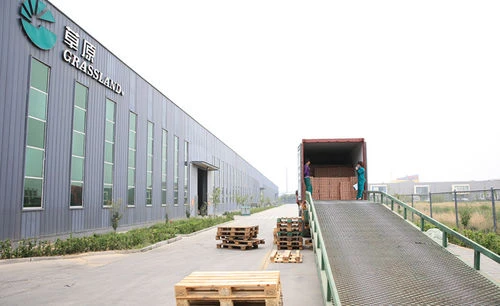The Essentials of Using a Grinder Wheel to Cut Metal
In the world of metalworking, precision and efficiency are paramount. One indispensable tool that has revolutionized the way we cut and shape metal is the grinder, particularly when equipped with specialized grinder wheels designed for cutting. This article delves into the fundamentals of using a grinder wheel to cut metal, exploring various types, their applications, and essential safety measures.
Understanding Grinder Wheels
Grinder wheels are essential components of angle grinders, which are handheld power tools that utilize rotary motion to cut through various materials. When it comes to cutting metal, selecting the right grinder wheel is crucial. There are principally two types of grinder wheels used for cutting metal abrasive wheels and diamond blades.
1. Abrasive Wheels These are made of layers of abrasive particles bonded together. They are commonly used for cutting ferrous (iron and steel) and non-ferrous metals (aluminum, copper, etc.). The most widely recognized abrasive wheel is the resin-bonded grinding wheel, which provides effective cutting for a range of metal types.
2. Diamond Blades These wheels are clad with diamond segments, making them exceptional for cutting through tougher materials, including stainless steel and other hard metals. While costlier than abrasive wheels, diamond blades offer longer life and superior cutting capabilities for demanding tasks.
Selecting the Right Wheel
Choosing the right wheel for a specific metal-cutting task involves several considerations
- Material Identify the type of metal you will be cutting. For softer metals, an abrasive wheel might suffice, while harder metals may require a diamond blade.
- Thickness Thicker materials necessitate wheels designed for deeper cuts. Pay attention to the wheel's specifications regarding the maximum thickness it can handle.
- Application Whether you are making straight cuts, curves, or intricate designs, the grinder wheel’s specifications might affect your choice. Some wheels perform better in specific scenarios than others.
How to Use a Grinder Wheel Effectively
grinder wheel to cut metal

1. Setup Start by ensuring that your grinder is fitted with the appropriate wheel. Verify that the wheel is securely attached to prevent accidents. Make sure you also have the right personal protective equipment (PPE) such as gloves, goggles, and hearing protection.
2. Marking the Cut Before starting, clearly mark the line on the metal where you intend to cut. This will help guide your cuts and improve accuracy.
3. Stability Secure the metal piece in a suitable clamp or vise. This stability is critical for both precision and safety during the cutting process.
4. Cutting Technique When operating the grinder, hold it firmly and align the wheel with your marked line. It's important to apply steady pressure without forcing the tool, as this can lead to uneven cuts or damage to the wheel.
5. Cooling To prevent overheating, especially when cutting thicker materials, take breaks to allow both the metal and the grinder wheel to cool down. Overheating can weaken the wheel and affect the quality of your cut.
Safety Measures
Operating a grinder with cutting wheels requires strict adherence to safety protocols
- PPE Always wear safety goggles, a face shield, gloves, and ear protection. - Environment Work in a well-ventilated area to avoid inhaling metal dust and debris.
- Inspection Regularly check your grinder and wheels for wear and tear. Avoid using damaged equipment, as this increases the risk of accidents.
- Clear Area Keep your workspace organized and free from obstructions to prevent accidents.
Conclusion
Grinder wheels are invaluable for cutting metal, provided that you choose the right type for your project and follow proper techniques and safety measures. Whether you are a professional metalworker or a DIY enthusiast, understanding how to effectively use a grinder wheel will significantly enhance your metalworking capabilities. With practice, precision cuts can be achieved, enabling a wide array of creative and functional applications in metalworking.
Post time:Dec - 01 - 2024

















